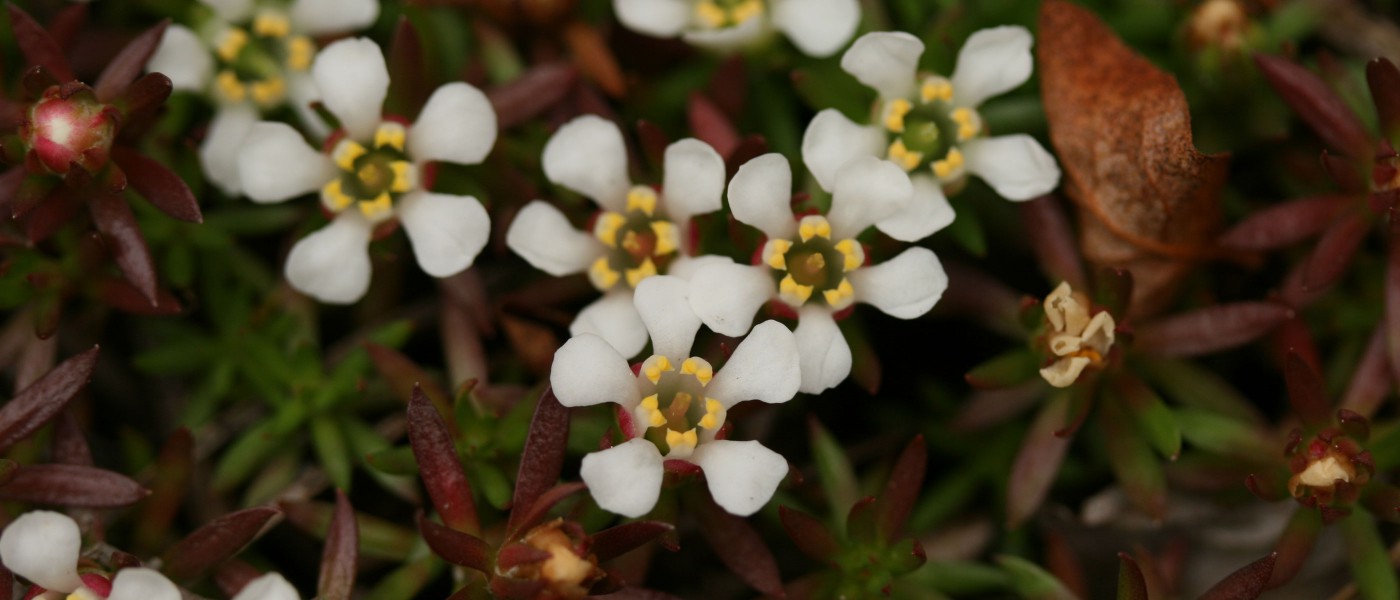A Native Plants Reader
- Introduction: A Native Plants Reader, by Niall Dunne
- Defining and Collecting
-
- Defining "Native Plant," by Niall Dunne
- "Invasive Plants" and "Weeds," by Sarah Reichard
- Early Botanical Exploration and Discovery in the Northeast, by James L. Reveal
- The Metropolitan Flora, by Susan K. Pell and Steven Glenn
- New York City’s Vanished Natives, by Marielle Anzelone and Wendy Hollender
- Native Plants in Nature
-
- Seasons of a Seed Collector, by Heather Liljengren
- Nibbling on Natives, by Russ Cohen
- Restoring Native Communities, by Myla Aronson
- The Future of My Forest, by Bernd Heinrich
- Major Threats to Native Forests, by Niall Dunne
- Conservation in the Age of Climate Change, by Janet Marinelli
- Native Plants in Gardens
-
- Designing a Restoration Garden, by Judith Larner Lowry
- Welcoming Wildlife into the Garden, by Douglas W. Tallamy
- Adventures in Native Plant Propagation, by William Cullina
- Stopping Garden Plant Invasions, by Sarah Reichard
- Native Alternatives for Notorious Invaders, by C. Colston Burrell
- Native Plants in Public
-
- Creating Connections with Native Plants, by Mairelle Anzelone
- The Native Flora Garden, by Uli Lorimer
- For More Information
- Contributors
- Index
Introduction
A Native Plants Reader
Niall Dunne
In its celebrated series of handbooks, stretching back more than 60 years, Brooklyn Botanic Garden has long championed the use of native plants in the home garden. Guidebooks such as Going Native (1994), Wildflower Gardens (1999), and Great Natives for Tough Places (2009) have introduced gardeners to many spectacular and unusual North American species and taught them how to design beautiful, biodiverse, low-maintenance native plantings that impart a sense of place to their gardens and provide valuable resources for native birds, insects, and other wildlife.
A Native Plants Reader is a departure from the typical BBG handbook. Rather than offering a toolkit of growing tips and practical instructions, this book presents a collection of narratives extolling the virtues of natives, outlining their fundamental contributions to our natural ecosystems, detailing our connections with them, describing the perils they currently face, and advocating for their preservation in the garden and larger landscape. Chock-full of adventures and insights from scientists, gardeners, and writers working in the trenches with native plants, the essays are designed to address and engage both gardeners and nongardening nature lovers alike.
The 16 essays are loosely grouped into four themed sections: “Defining and Collecting,” “Native Plants in Nature,” “Native Plants in Gardens,” and “Native Plants in Public.” But the scope of the essays reaches well beyond simple classification, and there is a rich interpenetration of themes throughout the book. Beloved authors share their unique stories about what drew them to embrace native plants, and botanists and ecologists write about their experiences working in the field. Brooklyn Botanic Garden staff members discuss the significant contributions that BBG has been making to the field of native plant monitoring, conservation, and education since its founding a century ago. And in what is perhaps the key essay in the book, we learn about the challenges that native plants now face in the age of climate change, as well as some of the solutions that are being proposed.
All of the narratives sound a note of hope: hope that we recognize the uniqueness and beauty of our native flora and the vital services it performs. Hope that we invest the time, energy, money, and—for want of a better word—love that’s needed to stop destroying our natural heritage, and start protecting it for future generations.
Purchase

